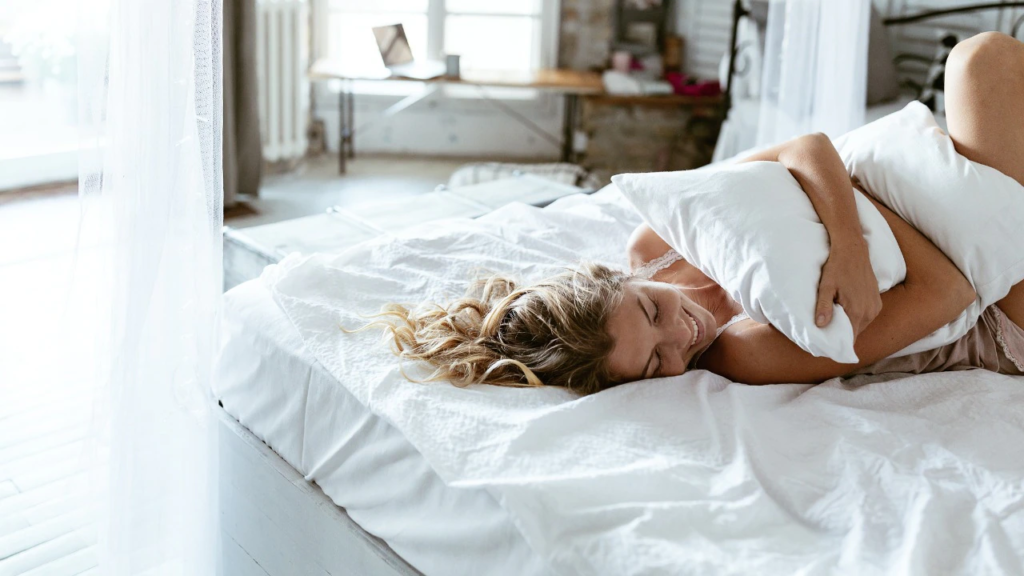Sleep expert Olivia Arezzolo on how to set your room up for ultimate zzz’s.
If you’ve been sleeping poorly throughout the year, this article is for you.
See, you may be taking your sleep supplements and (trying) to limit sleep saboteurs like alcohol and caffeine, but you may not have what you need in your bedroom to sleep properly.
And this isn’t just about your mattress either. These 3 principles will help you get your sleep back on track, and especially in silly season, this is something we all need, no doubt.
Fundamental 1: supportive mattress
Replacing an old mattress can improve sleep quality by 24%, according to Oklahoma State University. However, I will note, this statistic was based upon those with mattresses that were on average, 9.5 years old. Essentially, after this timeframe, it’s commonplace for the structures to lose their support, so instead of feeling rested and refreshed when you wake up, you’ll feel fatigued.
In terms of which is best for you, there is no one size fits all, so heading into a bedding store for some testing is the way to go. And, on that note, make sure you spend at least 9 minutes on each bed – that’s the minimum time required to see if it fits your sleeping profile or not.

Fundamental 2: new bedding
This one is for those who have bedtime anxiety or have had problems sleeping in the past: your bedding, like the colour of your sheets or your doona cover, may be compromising your sleep quality.
The reasoning behind this is that over time, your brain comes to associate your bedtime anxiety or sleeping issues with cues in the bedroom – one of which can be your bedding. Overcome this with distinctly different bedding to your current one. If you, like most of us, have block colours and no prints; then use colours and patterns, like those from Aussie made Luxotic.

Fundamental 3: Blue light free night lights
I’ve harped on about blue light glasses, which are without a doubt, an absolute asset to your sleep; but on the same vein, blue light free lighting is equally as valuable. Recall, your hero sleepiness hormone, melatonin, is produced in the absence of (blue) light, which allows you to fall asleep with ease.
On the other hand, bright lights suppress melatonin, making this process more difficult. To make it easy to find, look for lighting which is red in colour, and has a K temperature below 1500. Similarly, look for night lights for kids.

+ show Comments
- Hide Comments
add a comment